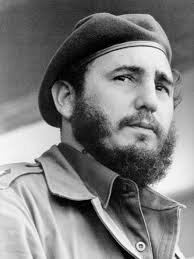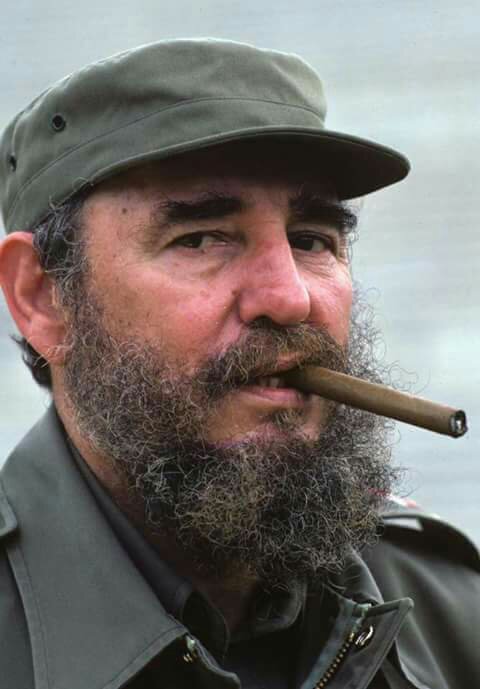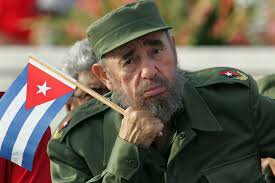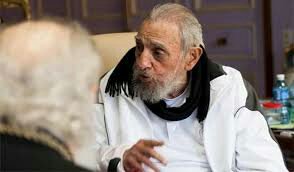MPHINGU
JF-Expert Member
- Oct 6, 2016
- 518
- 613
[Njama 638 za mauaji alizoepuka Fidel Castro - BBC Swahili] is good,have a look at it! Njama 638 za mauaji alizoepuka Fidel Castro - BBC Swahili












Huwezi kumuua kizembe!! Haikuhitaji kuacha hata nukta ya ushahidi kuwa kauawa maana chini cuba na marekani ni mdomo na pua... Kombora la kitoto linafika washngton from cuba... Ilikua ni hatari zaidiTangu jamaa adanje nimesikia sana watu waki support hii theory kuwa Jamaa ameepuka njama 638 za Mauaji.....
Inaonekana waliotaka kumuua hawakuwa sana serious na kazi ya Mauaji.....
Haiwezekani Osama aweze kuuawa alafu huyu ashindikane...
Mambo mengine haya click kabisa akilini.
Nonsense!!Tangu jamaa adanje nimesikia sana watu waki support hii theory kuwa Jamaa ameepuka njama 638 za Mauaji.....
Inaonekana waliotaka kumuua hawakuwa sana serious na kazi ya Mauaji.....
Haiwezekani Osama aweze kuuawa alafu huyu ashindikane...
Mambo mengine haya click kabisa akilini.
Anao na alikua ana magoma mengi tu ila hakupenda wawe publicHuyu mtu sijasikia popote kuhusu familia yake. Ni kwamba hana mke wala watoto?
Tangu jamaa adanje nimesikia sana watu waki support hii theory kuwa Jamaa ameepuka njama 638 za Mauaji.....
Inaonekana waliotaka kumuua hawakuwa sana serious na kazi ya Mauaji.....
Haiwezekani Osama aweze kuuawa alafu huyu ashindikane...
Mambo mengine haya click kabisa akilini.
Nini kimekushangaza kuhusu hiki?Mkuu mimi nimeshangwa na Signature yako hiyo, kweli jamiiforum kiboko
Anamtoto anaitwa fiderico,kuhusu mke sijasikiaAnao na alikua ana magoma mengi tu ila hakupenda wawe public
Do u blv Osama kafa?Tangu jamaa adanje nimesikia sana watu waki support hii theory kuwa Jamaa ameepuka njama 638 za Mauaji.....
Inaonekana waliotaka kumuua hawakuwa sana serious na kazi ya Mauaji.....
Haiwezekani Osama aweze kuuawa alafu huyu ashindikane...
Mambo mengine haya click kabisa akilini.